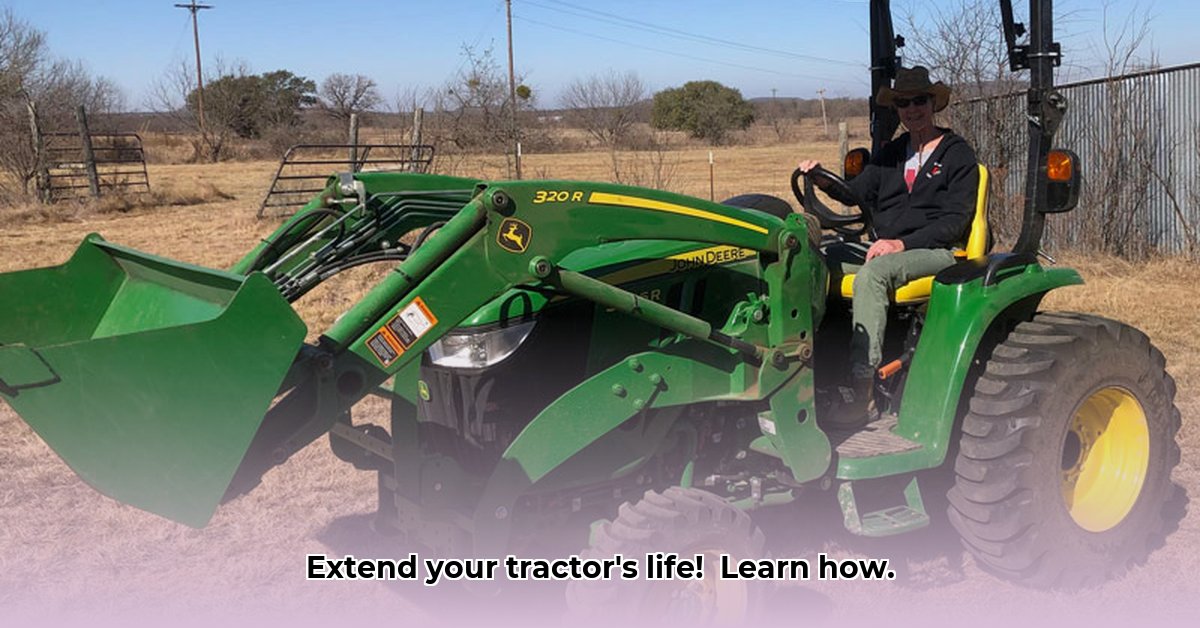
Choosing the Right Tractor Canopy at Tractor Supply: A Comparative Guide
Protecting yourself from the elements while operating your tractor is crucial for both comfort and safety. A tractor canopy from Tractor Supply offers significant benefits, but selecting the right one requires careful consideration of several factors. This guide compares three common canopy materials – high-density polyethylene (HDPE), fiberglass, and polyester – to help you make an informed decision. We'll examine durability, ease of installation, Roll Over Protective Structure (ROPS) compatibility, and environmental impact to guide your choice.
Canopy Materials: A Detailed Comparison
The material of your tractor canopy significantly impacts its lifespan, durability, and overall cost-effectiveness. Let's delve into the specifics of HDPE, fiberglass, and polyester.
High-Density Polyethylene (HDPE): Durability and Longevity
HDPE canopies are known for their exceptional durability and resistance to damage. They withstand impacts and scratches remarkably well, far outperforming fiberglass and polyester. Their robust construction also translates to excellent UV resistance, minimizing fading and cracking from prolonged sun exposure. While HDPE canopies typically command a higher initial price, their longevity makes them a cost-effective choice in the long run. Repairing minor HDPE damage is usually straightforward.
Fiberglass: A Balance of Strength and Weight
Fiberglass offers a balance between strength and weight. It's lighter than HDPE, making it a suitable option for tractors where added weight is a concern. Fiberglass canopies provide moderate UV resistance, but they are more susceptible to damage from impacts than HDPE. Cracks or shatters can occur from significant impacts, requiring potentially costly repairs or replacements. Fiberglass repair can be challenging and often necessitates professional assistance.
Polyester: An Affordable but Less Durable Option
Polyester canopies are the most budget-friendly choice, but they compromise on durability in comparison to HDPE and fiberglass. They are more susceptible to UV degradation and general wear and tear, resulting in a shorter lifespan. While polyester repairs might be easier than those for fiberglass, the reduced durability means more frequent replacements.
Here's a summary table:
| Material | Durability | UV Resistance | Cost | Ease of Repair | Lifespan |
|---|---|---|---|---|---|
| HDPE | Excellent | Excellent | High | Good | Long |
| Fiberglass | Moderate | Moderate | Moderate | Difficult | Moderate |
| Polyester | Low | Low | Low | Moderate | Short |
Rhetorical Question: Considering the long-term cost, isn't the durability offered by HDPE a worthwhile investment, even with its higher upfront cost?
ROPS Compatibility: Prioritizing Safety
Ensuring your canopy is compatible with your tractor's Roll Over Protective Structure (ROPS) is paramount. ROPS are designed to protect you in a rollover accident, and an improperly fitted canopy could seriously compromise this protection. Always verify compatibility before purchasing. A properly fitted canopy should secure firmly without interfering with ROPS functionality. Ignoring ROPS compatibility is a serious safety hazard.
Environmental Impact: A Growing Concern
The environmental impact of each canopy material is a complex issue. While HDPE generally offers better recyclability, the manufacturing processes of all three materials have environmental consequences. Further research is needed to fully assess the lifecycle environmental footprint of each, considering manufacturing emissions, energy consumption, and end-of-life management. Choosing a longer-lasting canopy, regardless of the material, can reduce the overall environmental impact by minimizing replacements.
Quantifiable Fact: Studies suggest that longer-lasting products generally have a lower overall carbon footprint due to reduced production and disposal cycles.
Installation and Maintenance: Simple Steps for Extended Life
Canopy installation varies depending on the model and material. Consult the manufacturer's instructions carefully. Fabric canopies are generally easier to install than rigid ones. Regular cleaning and maintenance are essential for extending the canopy's life.
Installation Steps:
- Verify Compatibility: Confirm ROPS compatibility.
- Follow Instructions: Read and follow the manufacturer's instructions precisely.
- Secure the Frame: Attach the frame securely to the ROPS.
- Attach the Cover: Attach the canopy cover according to the instructions.
- Inspect: Thoroughly inspect the completed installation.
Choosing the Right Canopy: A Personalized Decision
The optimal canopy for you depends on your priorities – budget, desired durability, and environmental considerations.
- Budget: Polyester is the least expensive, followed by fiberglass, and then HDPE.
- Durability: HDPE provides superior durability; fiberglass is moderate; polyester is low.
- Environmental Impact: Consider the material's lifecycle impact and choose a longer-lasting option.
- Installation: Fabric canopies are typically easier to install.
Remember, safety should always be the top priority. Consult Tractor Supply staff or conduct thorough online research if you’re unsure before making your final decision. Investing in a suitable canopy significantly enhances your tractor's lifespan while improving operator comfort and security.